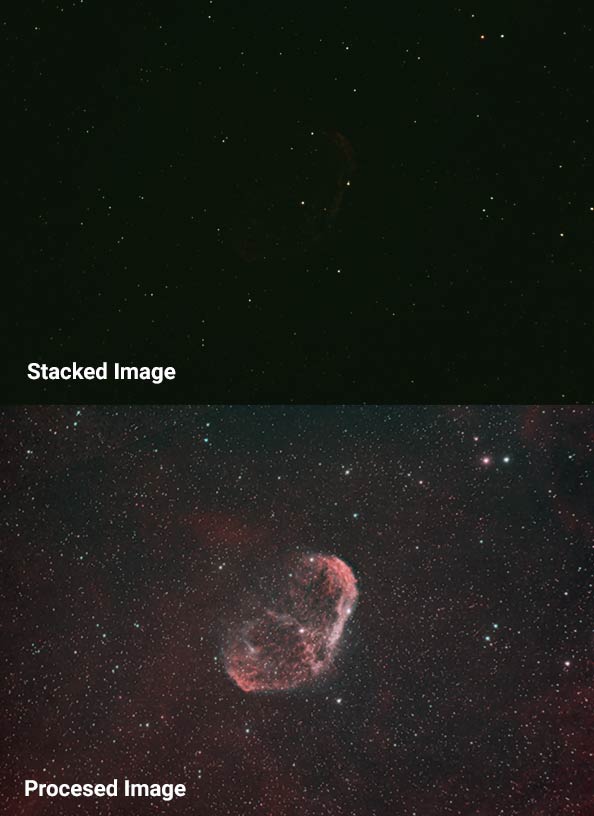

- #Milky way stacking software for windows how to#
- #Milky way stacking software for windows professional#
- #Milky way stacking software for windows download#
* in the menu item "Composition" select "Freeze ground". * double-click on "Output", and select the destination folder and the name of the final tiff * double-click on the "Star images" menu, and load all the multiple shots you took (raw files are ok) Once launched, the interface is very simpleįor the ones that want a freakin' fast approach, this is the recipe:
#Milky way stacking software for windows download#
Sequator doesn't need to be installed you just download it from the web site, and unzip where you prefer. Sequator is considered by many ones as the Win32 alternative to Starry Landscape Stacker, a great software that works on Mac only. Sequator is really faster than DSS, and solve the problems with memory usage that many users experience with DSS. I found a different tool named Sequator, that is simpler than DSS and does a great job in creating a final image without additional steps. But it is very tricky, and I never obtained good results. We can manually align the sky region of all the layers, and then do as mentioned above. we are rotating, but just for you to understand. But it is not possible to use it for the sky, because the stars are rotating (well. This technique works great for foregrounds, because they are "static". Just to make the long story short, you have to open all the images as layers in Photoshop, align all the layers, convert them to a smart object, and select the stacking mode as "mean". Use Sequator to merge the shotsĪs you probably know, there is a technique that could be used in Photoshop to merge many identical shots, in order to reduce the noise due to high ISOs it is called "mean stacking", and I already described it here. Pros: it is a free software, very famous for astrophotographyĬons: this software is not so user friendly (too complex and too many options for my taste) very very slow the output image is perfect for the sky, but the foreground will be "scraped": you have to do something different for the ground, and then create a composite. Moreover, depending on the lens you are using, you do have to align the sky shots manually, and it could be a mess.

The results are generally goodĬons: You need to take multiple shots you have to do al the work twice, one for the foreground, one for the starry sky. Pros: you do not need additional software. Moreover, the good software is expensive Stack multiple frames in Photoshop (see below) Pros: fast, easy to use, requires a single good shotĬons: usually, every noise reduction algorithm will remove some (many!) details too. Usually, if you really need a (nearly) noise-free images, you can do one of the following: Use a noise reduction plug-in I will try to summarize some options, and then I will focus on a new software called Sequator. The keyword here is post production there are many ways to reduce noise in a digital image, and there are pros and cons for each.
#Milky way stacking software for windows how to#
Of course this is not what I want to teach you! Instead I want to show you how to get the same (more or less) result, with a low budget setup.
#Milky way stacking software for windows professional#
The most easy way is to buy a professional camera. well, you do have to follow additional steps. In the previous post, I showed you some tips to take great night sky shots, keeping the overall noise quite low.īut of course these are tips, not miracles: if you really want great details and, at the same time, extremely low noise.


 0 kommentar(er)
0 kommentar(er)
